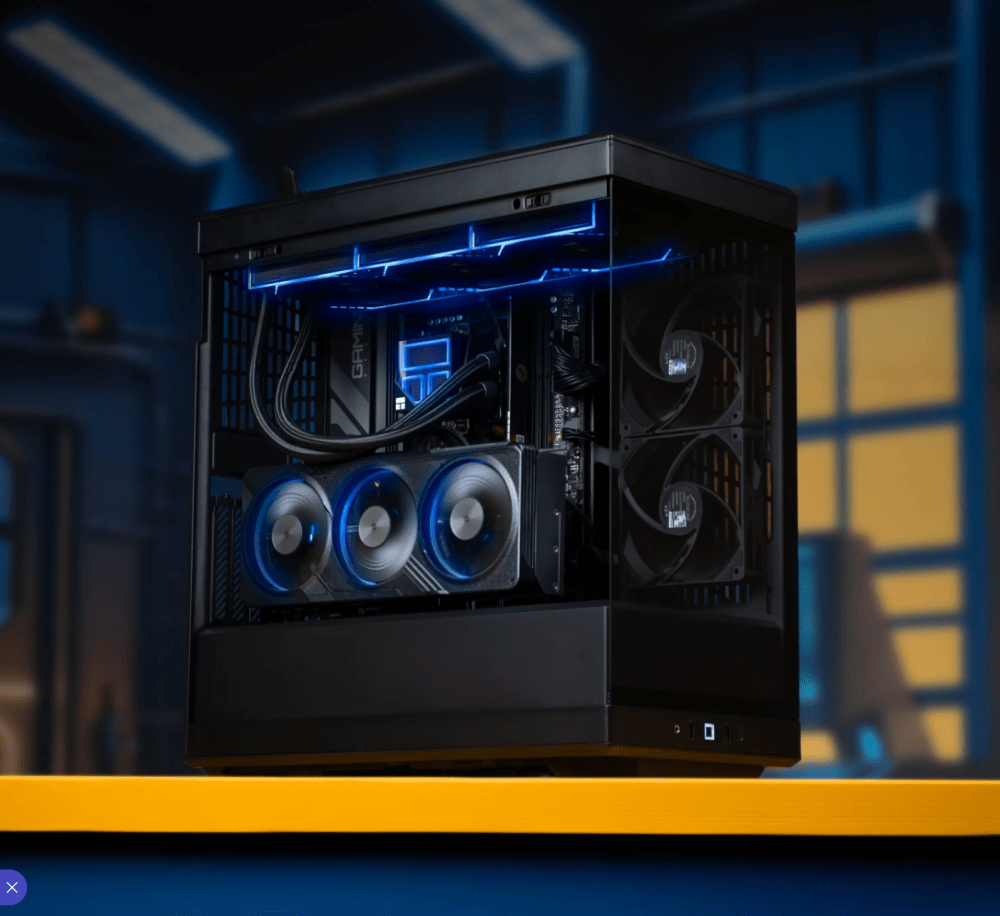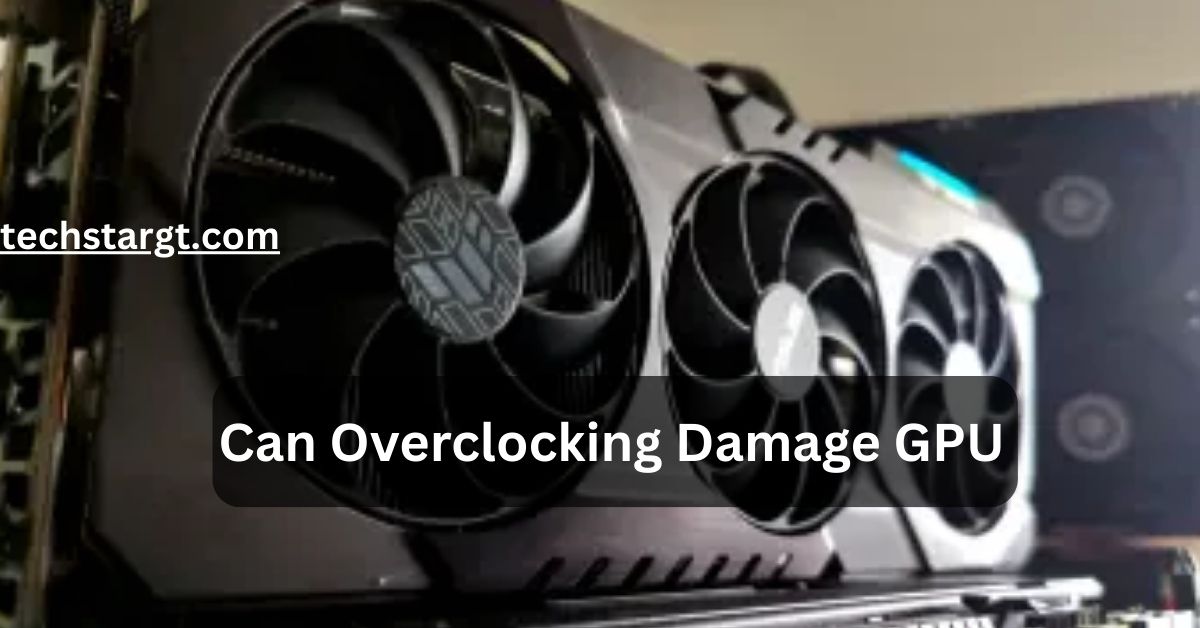GPU Cache Folder On Desktop – Complete – Guide – 2025!
If you’ve ever noticed a GPU cache folder on your desktop, you might be wondering why it’s there and if it’s safe to delete. This folder is automatically generated by certain applications that rely on GPU acceleration to store temporary data, improving performance and load times. It typically contains cached files that help speed up rendering processes in software like video editors, 3D modeling tools, and web browsers. While the folder itself is harmless, it can sometimes take up unnecessary space.
Yes, you can safely delete the folder. TurboTax may recreate it in its default location. GPU cache helps store frequently used game and app data, improving performance. Deleting it might cause slight delays but won’t harm your system.
Understanding why it appears and how to manage it efficiently can help you keep your system organized and running smoothly.
What Is A GPU Cache?

A GPU cache is temporary storage that holds frequently used data to speed up graphics processing and improve performance in games, video editing, and 3D rendering.
Why Does The GPU Need A Cache?
The GPU needs a cache to reduce data fetching time, optimize rendering speeds, and ensure smoother performance by storing frequently accessed assets and computations.
Why Does The GPU Cache Folder Appear On The Desktop?
Some applications create a GPU cache folder on the desktop to store temporary files for faster processing. It’s usually safe to delete, but it may reappear if the application regenerates it.
Memory cache: A memory cache stores frequently accessed data, allowing faster retrieval and reducing processing delays. It helps improve system and application performance by minimizing the need to access slower storage.
Benefits of a GPU Cache: A GPU cache speeds up rendering by storing temporary data, reducing load times, and enhancing overall graphics performance. It helps applications run smoother, especially in gaming, video editing, and 3D rendering.
What is the GPU cache folder on my desktop?

The GPU cache folder is a temporary directory created by applications that use GPU acceleration. It stores cached files to improve performance and speed up graphics-intensive tasks like gaming, editing, and web browsing.
How do I delete GPU Cache?
You can delete the GPUCache folder by right-clicking it and selecting “Delete.” If it keeps reappearing, check application settings for cache options or disable GPU acceleration in the software creating it.
Is it safe to delete cache folder on Windows?
Yes, deleting the .cache folder is safe as it only contains temporary files. However, some applications may recreate it automatically, and deleting it might cause minor slowdowns until the cache is rebuilt.
Does the GPU have cache?

Yes, modern GPUs have cache memory to store frequently accessed data, reducing latency and improving processing speed. This helps with rendering efficiency in gaming, AI computations, and video editing
Why does a GPU cache folder appear on my desktop automatically?
It is created by apps using GPU acceleration to store temporary files for faster processing.
Does deleting the GPU cache folder affect performance?
Deleting it may cause minor delays as applications regenerate cache files when needed.
How to prevent the GPU cache folder from reappearing on the desktop?
Check the app settings or create a symbolic link to redirect the cache to another location.
Which applications create a GPU cache folder on the desktop?
Browsers, video editors, and 3D software like Chrome, Photoshop, and Blender generate it.
Is the GPU cache folder a sign of a system issue or malware?
No, it’s a normal folder, but if suspicious files appear, run a malware scan.
How to change the location of the GPU cache folder in Windows?
Modify app settings or use a symbolic link to redirect the cache to another folder.
FAQs:
1. GPU cache folder on desktop Windows 10/11:
The GPU cache folder stores temporary files for faster processing in apps. It is safe to delete but will regenerate when needed.
2. GPU cache clear:
You can delete the GPU cache folder manually or clear it through app settings if supported.
3. How to clear GPU cache Nvidia:
Use NVIDIA Control Panel > Manage 3D settings > Shader Cache > Off, then delete the cache folder from C:\Users\YourName\AppData\Local\NVIDIA.
4. Can I move the GPU cache folder to another location?
Some apps allow changing the cache location in settings; otherwise, you can use symbolic links.
5. How do I stop the GPU cache folder from being created on my desktop?
Check the app’s settings for cache options, or create a symbolic link redirecting it to another folder.
Conclusion:
The GPU cache folder on your desktop is a temporary storage location created by applications that use GPU acceleration. While it helps improve performance by reducing load times, it can be safely deleted without causing harm to your system. However, some applications may recreate it automatically. If you want to prevent it from appearing on your desktop, check the app’s settings or use a symbolic link to redirect it to another location. Managing your GPU cache properly can help optimize storage space while maintaining system efficiency.



Post Comment